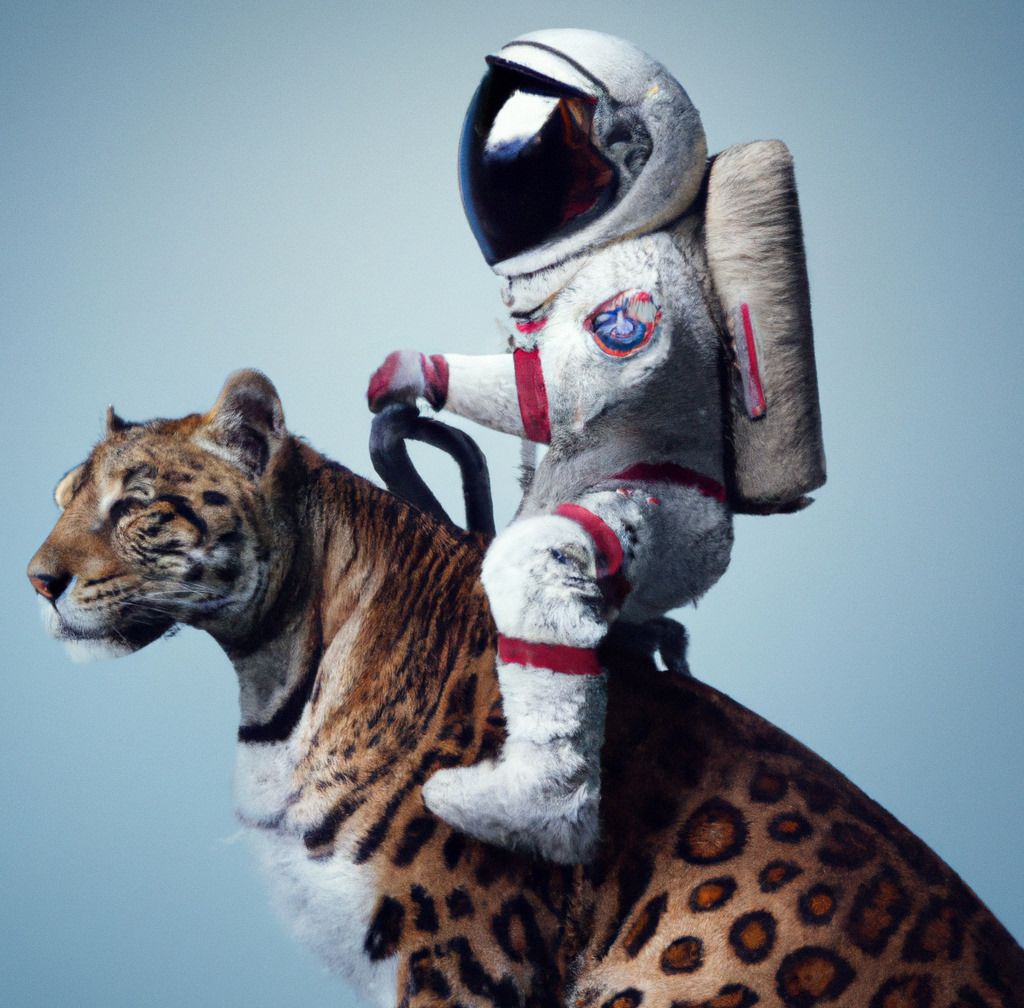Hit enter to search
The Scienece Fiction Predictions
For decades, science fiction has painted vivid pictures of the future, with flying cars often taking center stage. From the hovercrafts of "Back to the Future" to the nimble airspeeders of "Star Wars", these fictional vehicles have captivated audiences. But how close has reality come to these fantastical depictions? Let's embark on a journey from the silver screen to the skies of today.
1. The Age-Old Vision: Flying Cars in Science Fiction
Science fiction has long been a mirror reflecting humanity's hopes, dreams, and fears about the future. In many iconic works, flying cars represent freedom, innovation, and sometimes, societal challenges.
- "Blade Runner": Set in a dystopian 2019, the spinners in "Blade Runner" are multi-functional vehicles capable of both ground and aerial travel. Their vertical take-off and landing (VTOL) capabilities particularly stand out.
- "The Fifth Element": The bustling skies of 23rd-century New York City showcase flying cars zipping between high-rises, hinting at a world where aerial traffic is the norm.
2. Real-World Progress: Current Flying Car Models
Today's flying car prototypes might not yet match the full versatility and sleekness of their sci-fi counterparts, but they are making substantial strides.
- VTOL Technologies: Many companies are exploring VTOL, echoing the functionalities of "Blade Runner's" spinners. While complete urban integration is still a work in progress, VTOL crafts have made successful test flights.
- Automation and AI: While manual piloting is predominant in sci-fi, real-world models are looking to integrate advanced AI for navigation and safety, aligning with other automated tech trends.
3. Comparing Fiction with Reality
- Design: While sci-fi vehicles often showcase sleek, seamless designs, real-world models prioritize functionality and safety, resulting in bulkier designs with visible rotors and wings.
- Speed & Altitude: Sci-fi flying cars often soar at incredible altitudes at breakneck speeds. In contrast, current flying cars are more conservative, balancing altitude and speed with safety and air traffic considerations.
- Accessibility: Fictional flying cars are usually commonplace, owned by the average city-dweller. Today, due to costs and regulations, they remain accessible mainly to the elite or are being tested for specialized services.
4. The Road (or Sky) Ahead
The integration of AI, improvements in battery technology, and advancements in aerodynamics might soon bridge the gap between fiction and reality. Regulations and infrastructure development will also play a significant role.
Conclusion:
While we might not yet be living the full dream of science fiction's flying cars, we're inching closer every day. With each technological breakthrough, the line between the worlds of speculative fiction and tangible reality blurs, propelling us towards a future once only imagined on screen.


